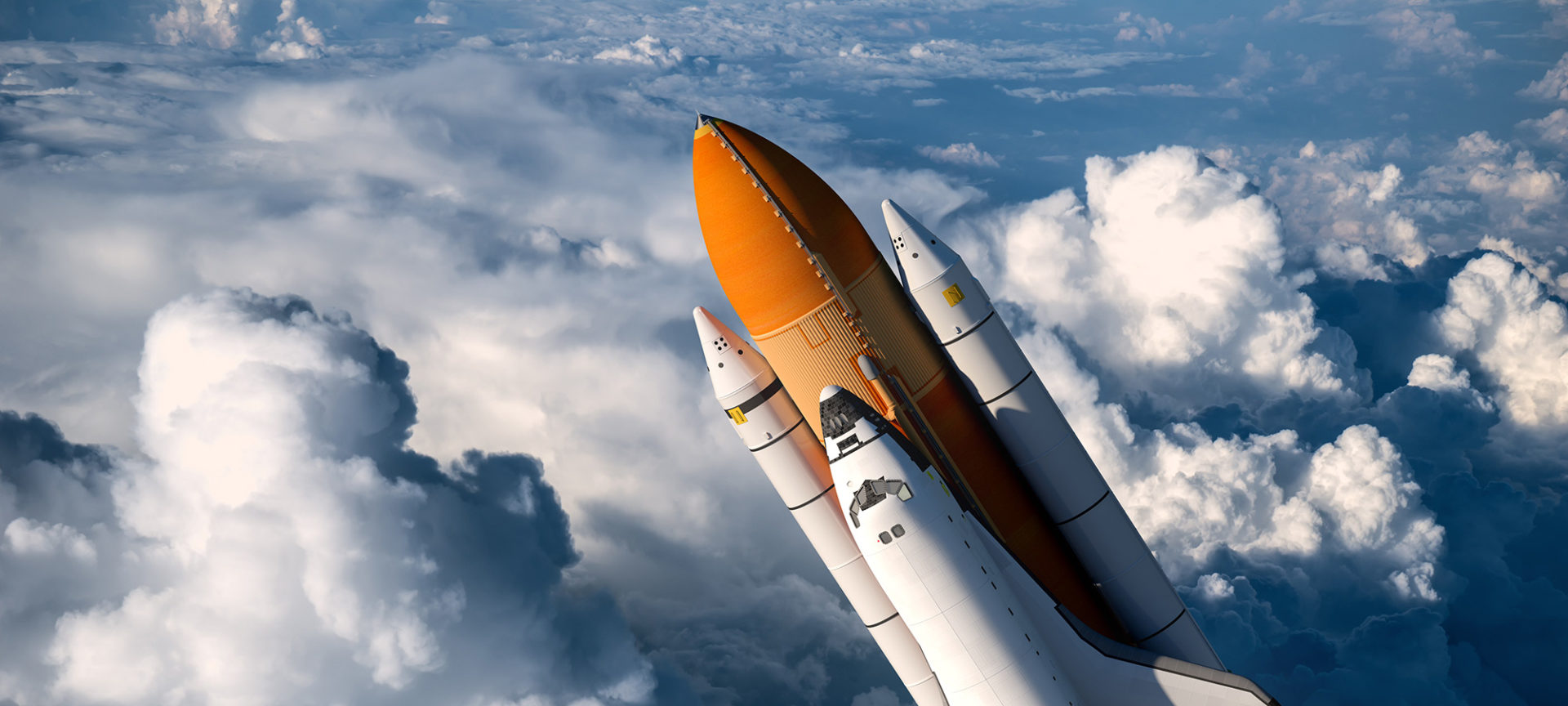
If you’ve ever looked up at the night sky and wondered what lies beyond the twinkling stars, then the world of space debris tracking radar is sure to fascinate you. In our quest to explore the mysteries of the universe, we have launched countless satellites, spacecraft, and other celestial objects into orbit around the Earth. However, as our presence in space grows, so does the amount of debris floating around us.
Space debris, also known as “space junk,” poses a significant threat to operational satellites and manned spacecraft. To ensure the safety of our space missions, scientists and engineers have developed advanced radar systems specifically designed to track and monitor these floating debris. In this article, we will delve into the astonishing world of space debris tracking radar and uncover 16 intriguing facts that will leave you astounded by the complexity and importance of this technology.
Key Takeaways:
- Space debris tracking radar is like a superhero’s radar, keeping an eye on dangerous space junk to protect satellites and space missions from potential collisions. It’s like a space traffic controller, guiding objects in space to ensure safe and efficient operations.
Space debris poses a significant threat to space missions and satellites.
Space debris, also known as space junk, refers to the defunct objects orbiting the Earth, including old satellites, spent rocket stages, and fragments from collisions. These debris can travel at incredibly high speeds, posing a danger to operational satellites and future space missions.
Space debris tracking radar plays a crucial role in monitoring and predicting the movements of space debris.
Using advanced radar systems, space agencies and organizations track the position, size, and trajectory of space debris to avoid potential collisions and ensure the safety of valuable space assets.
Space debris tracking radar can detect objects as small as a few centimeters in size.
The radar technology used in space debris tracking can detect even tiny objects, enabling scientists to monitor a vast range of debris sizes and track their potential paths.
The radar system can determine the exact location of space debris with high precision.
By measuring the time it takes for radar signals to bounce off the debris and return to the radar antenna, scientists can accurately determine the position and distance of each object in space.
Space debris tracking radar can provide real-time data for immediate decision-making.
The radar systems are designed to gather information in real-time, allowing space agencies to quickly respond to potential collision risks and make informed decisions regarding satellite operations.
Space debris tracking radar helps in predicting and mitigating collision risks.
By continuously monitoring the motion of space debris, scientists can predict potential collision events and take necessary measures to avoid them, such as adjusting the trajectory of satellites or initiating debris removal operations.
Space debris tracking radar enables the calculation of debris orbits.
Through precise tracking and analysis, scientists can determine the exact orbits of space debris, allowing for accurate long-term predictions and calculations of collision probabilities.
The radar system can differentiate between active satellites and space debris.
By analyzing the radar signatures, scientists can distinguish between functional satellites and space debris, helping to maintain a clear understanding of the objects present in space.
Space debris tracking radar is used for space traffic management.
With an increasing number of satellites and space missions, space agencies rely on radar systems to monitor and manage the traffic of objects in space, ensuring safe and efficient operations.
The radar technology used for space debris tracking is constantly evolving.
Scientists and engineers are continuously working on improving radar systems to enhance their detection capabilities and accuracy in tracking space debris.
Space debris tracking radar is a global effort.
Space agencies and organizations around the world collaborate to track and monitor space debris, sharing data and resources to ensure comprehensive coverage and minimize the risks associated with space debris.
Space debris tracking radar is an essential component of space situational awareness.
By continuously monitoring and tracking space debris, scientists can gain valuable insights into the current state of space and make informed decisions regarding satellite launches, operations, and end-of-life disposal.
The radar technology used in space debris tracking has applications beyond space exploration.
The same radar systems developed for tracking space debris can also be utilized for weather monitoring, disaster management, and military surveillance.
Space debris tracking radar contributes to the long-term sustainability of space activities.
By actively tracking and managing space debris, scientists and space agencies work towards maintaining a sustainable space environment for future generations.
Space debris tracking radar helps protect valuable space assets.
With the ability to accurately monitor and predict the movements of space debris, radar systems play a crucial role in safeguarding expensive satellites and critical space infrastructure.
The study of space debris through radar technology provides valuable data for understanding the dynamics of space.
By analyzing the behavior and characteristics of space debris, scientists gain insights into orbital mechanics, collision dynamics, and the overall environment of space.
Overall, space debris tracking radar is an indispensable tool in the management and protection of our increasingly crowded space environment. Through continuous advancements in radar technology and global collaboration, scientists and space agencies strive to ensure the safety and sustainability of space exploration and satellite operations.
Conclusion
In conclusion, space debris tracking radar plays a critical role in monitoring and managing the growing problem of space debris. With its ability to detect and track space junk, it enables us to assess the potential risks and take necessary precautions to safeguard our satellites and spacecraft. The advancements in radar technology have greatly enhanced our understanding of the space debris environment, allowing us to make informed decisions and mitigate the risks associated with space debris collisions. As we continue to explore and utilize space, it is crucial that we prioritize the implementation and improvement of space debris tracking radar systems to ensure a sustainable and safe space environment for future generations.
FAQs
Q: What is space debris tracking radar?
A: Space debris tracking radar is a system that uses radar technology to detect, track, and monitor space debris objects in Earth’s orbit.
Q: How does space debris tracking radar work?
A: Space debris tracking radar emits radio waves into space, which bounce off the space debris objects and return to the radar system. By measuring the time it takes for the signal to return, the radar system can determine the distance, position, and trajectory of the space debris.
Q: Why is space debris tracking radar important?
A: Space debris tracking radar is crucial for understanding the distribution, density, and movement of space debris. It helps in predicting potential collisions with satellites and spacecraft, allowing us to take necessary precautions to avoid damage and ensure the safety of our space assets.
Q: Can space debris tracking radar remove or destroy space debris?
A: No, space debris tracking radar is only used for monitoring and tracking space debris. Removing or destroying space debris requires specialized missions and technologies specifically designed for that purpose.
Q: How accurate is space debris tracking radar?
A: Space debris tracking radar can provide fairly accurate measurements of space debris objects’ position, speed, and trajectory. However, the accuracy may vary depending on factors such as the distance of the object and the radar system’s capabilities.
Space debris tracking radar is just one facet of the fascinating world of space exploration and technology. Dive deeper into radar technology with our article on Raytheon, a leading company in the field. Uncover more mind-blowing facts about space debris and its impact on our cosmic adventures. Finally, explore the critical importance of collision avoidance in space and how it ensures the safety of satellites and missions. Join us on this journey of discovery as we unravel the mysteries of space and the cutting-edge technologies that make it possible.
Was this page helpful?
Our commitment to delivering trustworthy and engaging content is at the heart of what we do. Each fact on our site is contributed by real users like you, bringing a wealth of diverse insights and information. To ensure the highest standards of accuracy and reliability, our dedicated editors meticulously review each submission. This process guarantees that the facts we share are not only fascinating but also credible. Trust in our commitment to quality and authenticity as you explore and learn with us.


